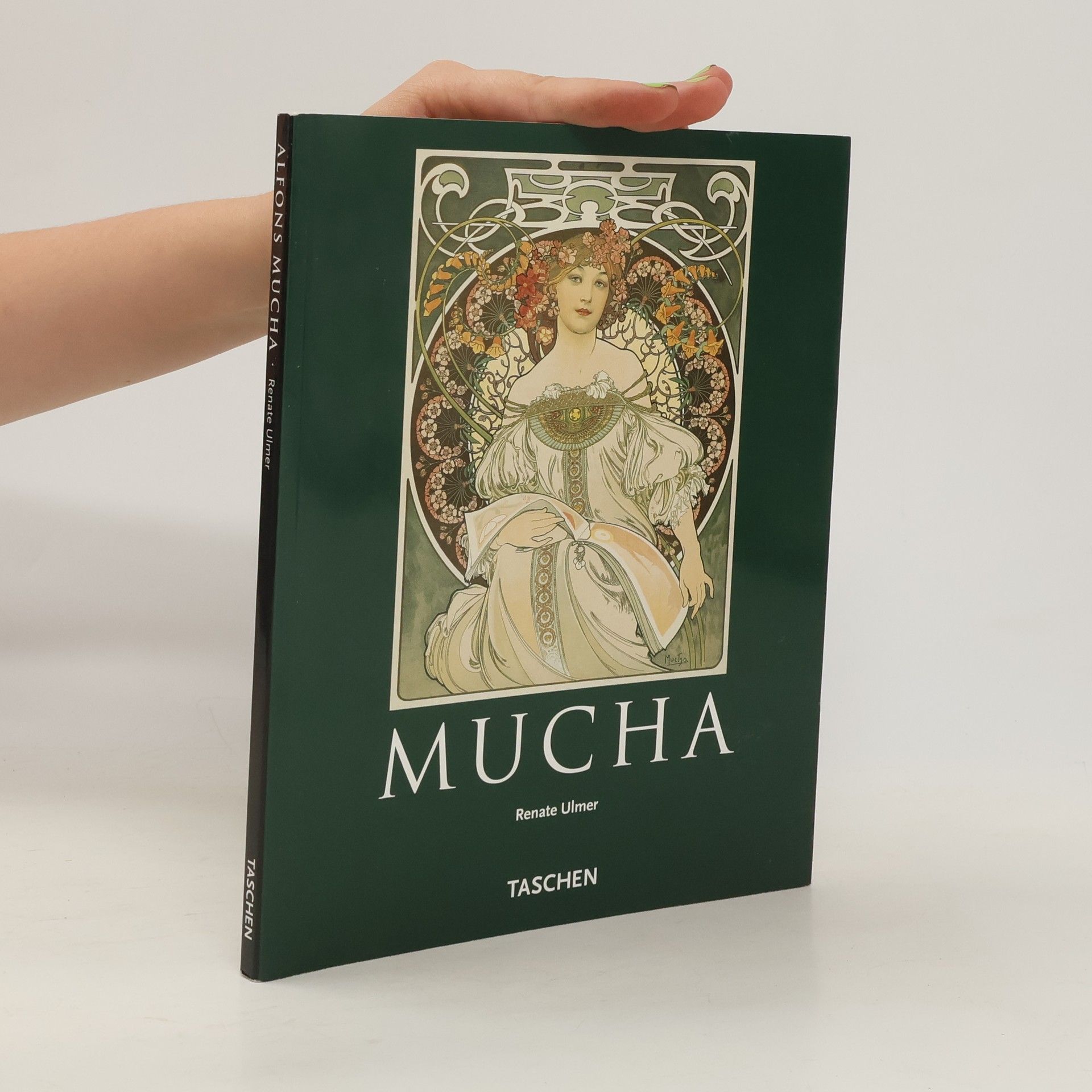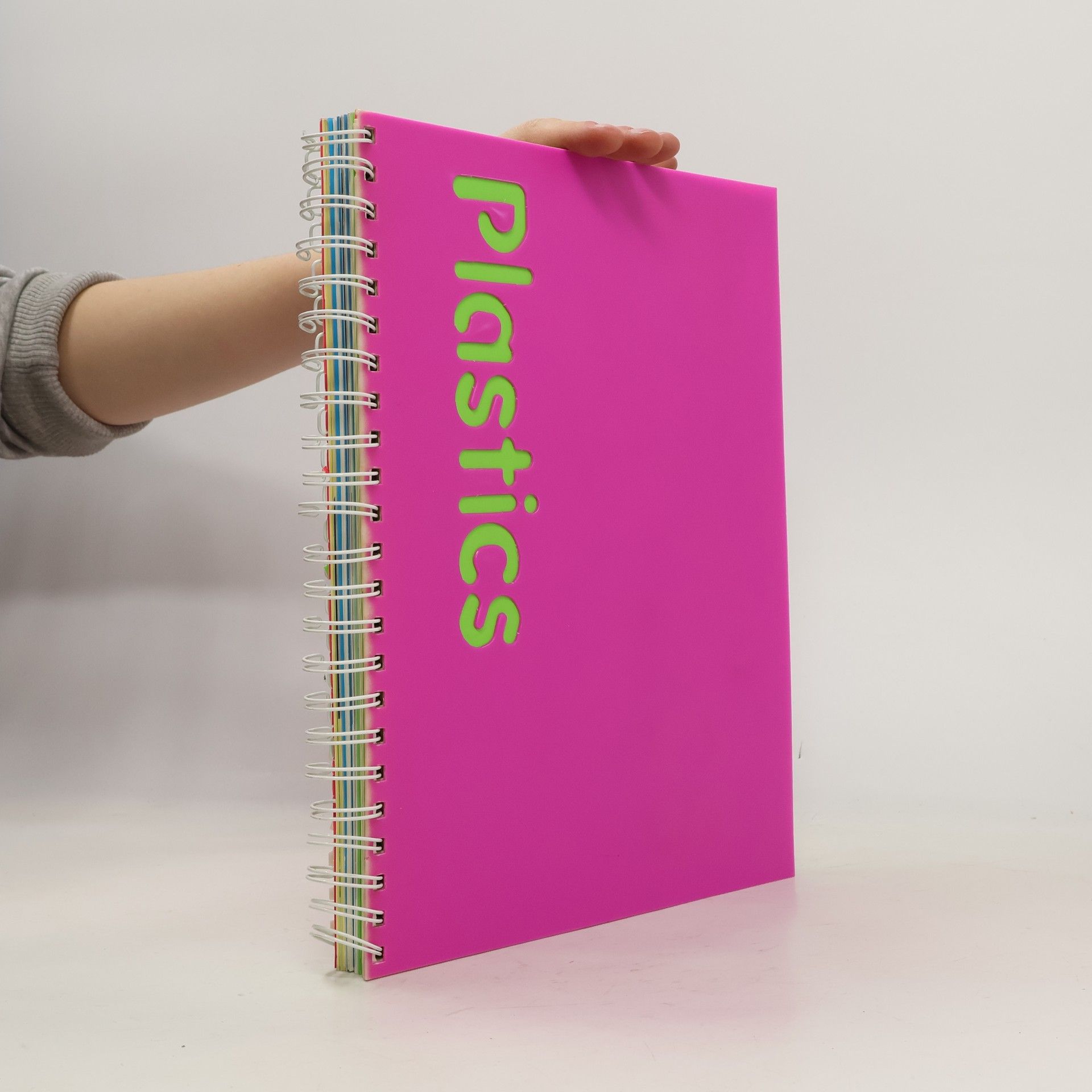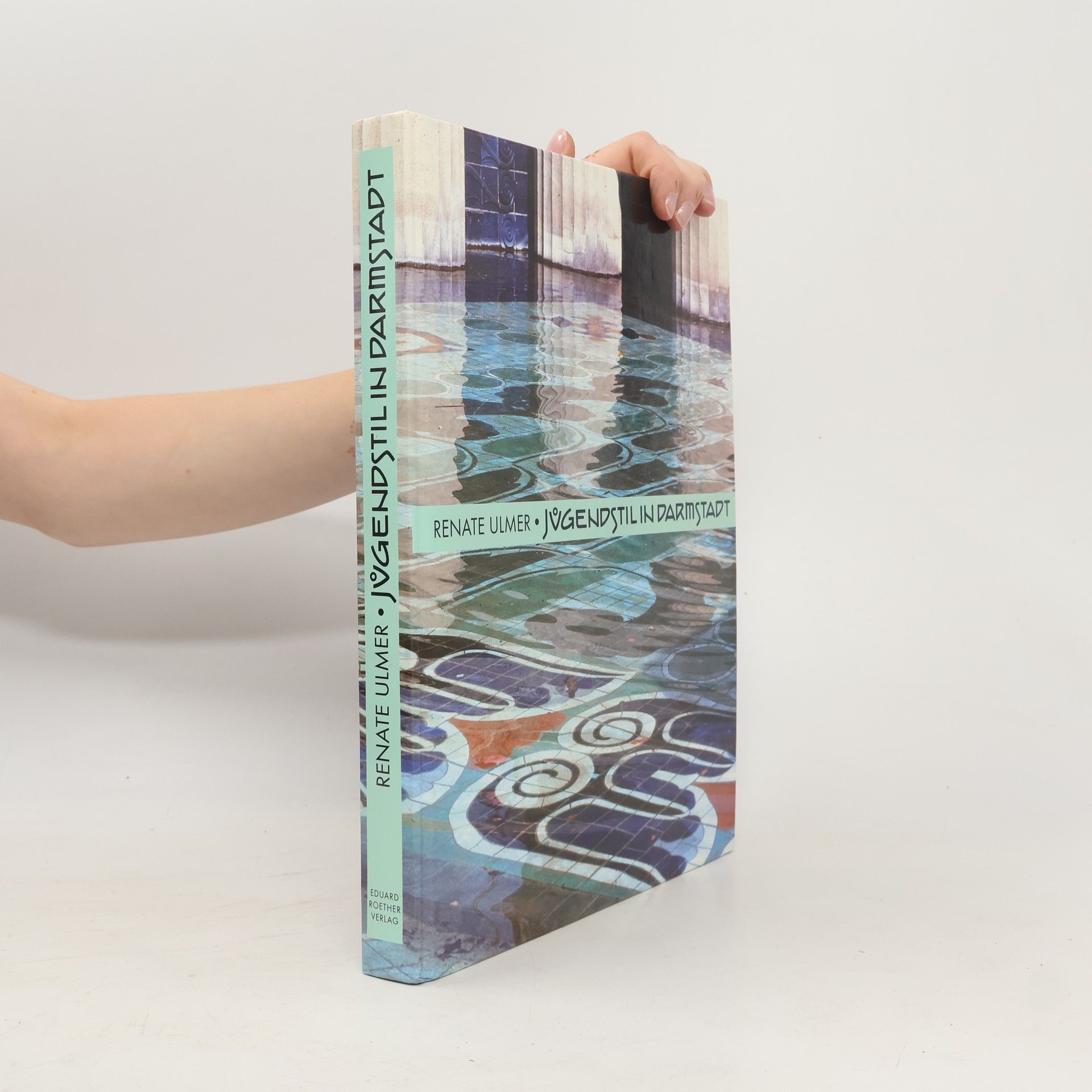Alfons Mucha
- 95 páginas
- 4 horas de lectura
The creator of Art Nouveau's greatest beauties Alfons Mucha’s is an art of seduction. His graceful women, delicate colors, and decorative style add up to an unashamed act of temptation. Mucha (1860-1939), whose work is indissolubly linked with the Art Nouveau style, was one of the most fascinating artistic personalities of the turn of the 20th century. He was not only a painter and graphic artist, but also took an interest in sculpture, jewelry, interior decorating, and utilitarian art. His particular talents, however, lay in decorative graphics, which was the basis of his fame and remains so today. This book traces all aspects of his career via biographical and descriptive texts and a wide selection of images.







